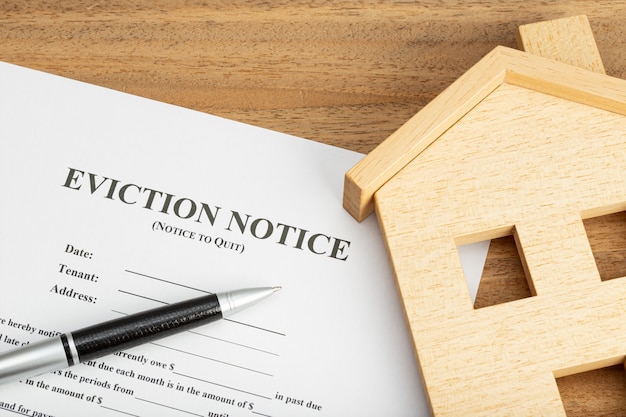
A Home Equity Line of Credit, often shortened to HELOC, is a financial tool that gives homeowners the ability to tap into a credit line using the equity in their home as a security. It stands as a subtype of the second mortgage, with the first mortgage maintaining the first lien on the property. Have you ever faced the need to choose between a HELOC and a home equity loan?
A Home Equity Loan, on the other hand, provides homeowners the chance to borrow a specific set amount of money using the equity in their home as the security as well. Even though both offer the chance to borrow money using your home as security, they each have distinct differences, and each carries a unique set of benefits and drawbacks.
Let’s delve into the details, comparing a home equity loan with a HELOC, discussing their pros and cons and more to assist in ascertaining which one is a more beneficial choice for you.
HOME EQUITY LINE OF CREDIT (HELOC)
PROS:
– HELOCs work akin to a credit card, allowing the borrow, repay, and borrow again cycle, providing flexibility for ongoing expenses or projects.
– Compared to home equity loans, HELOCs usually come with lower upfront costs, making them a more economical choice.
– If interest rates decrease, the variable interest rates can reduce your borrowing costs.
– With a HELOC, you enjoy the freedom to draw funds as needed over a prolonged time, within a preset credit limit.
– In several instances, HELOC interest could be tax-deductible, contingent on the usage of funds and current tax laws.
CONS:
– The variable interest rates could escalate your interest costs if the rates rise.
– The revolving nature of HELOCs could tempt borrowers to amass more debt than manageable.
– If the repayments are not made, it could result in a loss of your home.
HOME EQUITY LOAN
PROS:
– The interest rates are fixed, providing for consistent monthly payments.
– Once approved, the loan is received as a lump sum, useful for certain expenses or debt consolidation.
– The loan repayment schedule is well-structured, making it simpler to budget and plan for payments.
CONS:
– Increasing interest rates could result in a higher payment.
– Failure to repay the loan can lead to the loss of your home.
HOW TO ACQUIRE A HELOC AND A HOME EQUITY LOAN
We’ll walk you through the journey of getting a home equity loan and securing a credit line, covering the application process, credit requirements, closing costs, and appraisal requirements.
STEPS:
1. ASSESS YOUR FINANCIAL STANDING: Identify your home’s current market value, your equity, and the amount you need to borrow.
2. LENDER RESEARCH: Compare different lending options, considering interest rates, terms, and recommendations.
3. APPLICATION SUBMISSION: Understand your equity, credit score, and Debt-to-Income ratio (DTI).
4. PROPERTY APPRAISAL: This required by the lender to determine the current market value of your home.
5. COMPREHEND CREDIT REQUIREMENTS: A good credit score aids in qualifying for better terms.
6. CLOSING COSTS: Consideration of these costs is essential.
7. CLOSE ON LOAN TERMS: Understand the loan details, sign, and finalize the loan agreement.
In conclusion, the choice between a HELOC and a home equity loan is dictated by your financial objectives and preferences. Remember, it does carry risks as failure to meet repayments may result in foreclosure.


